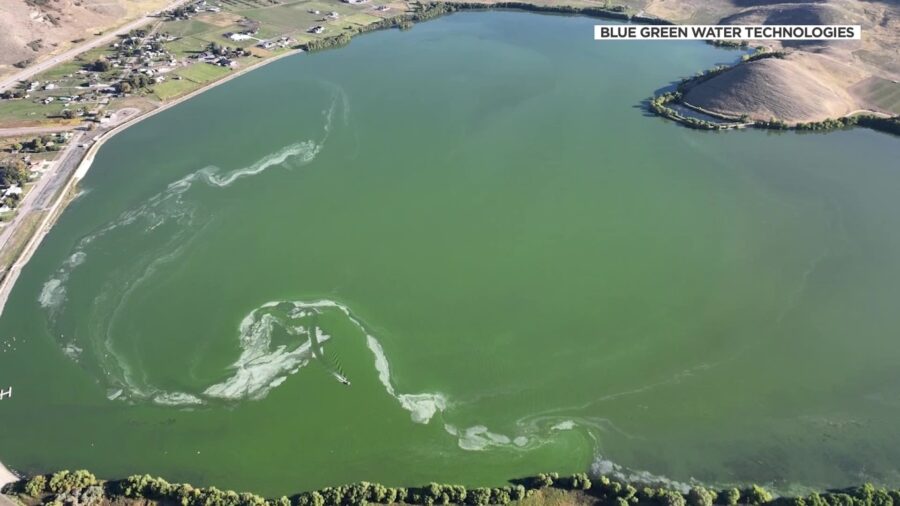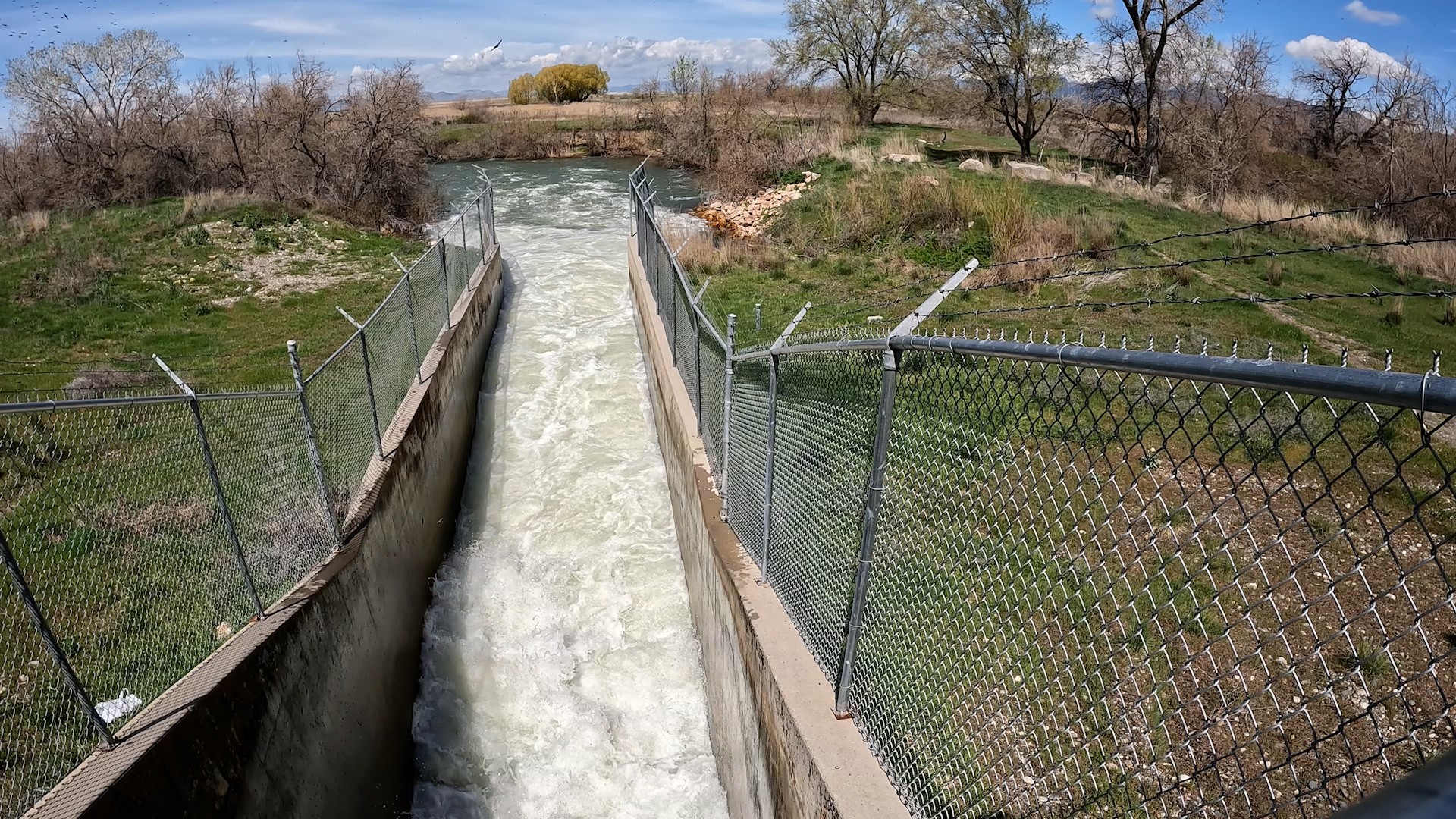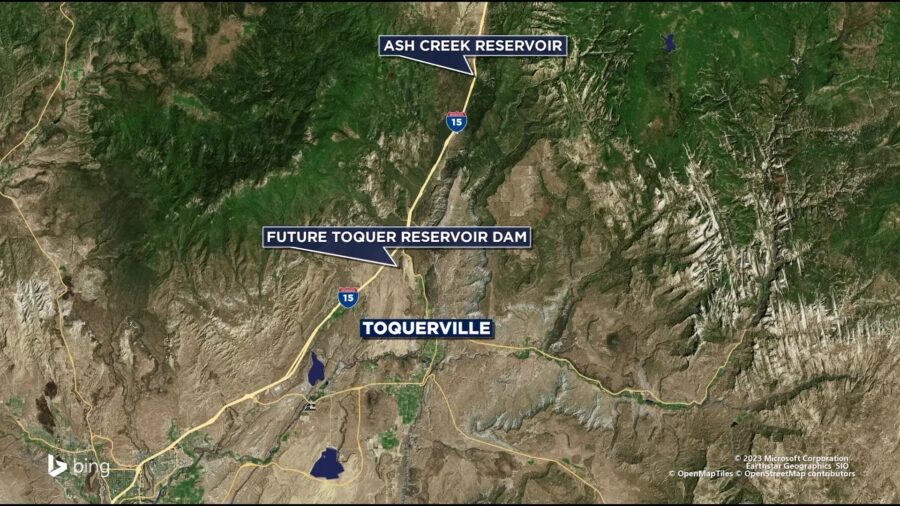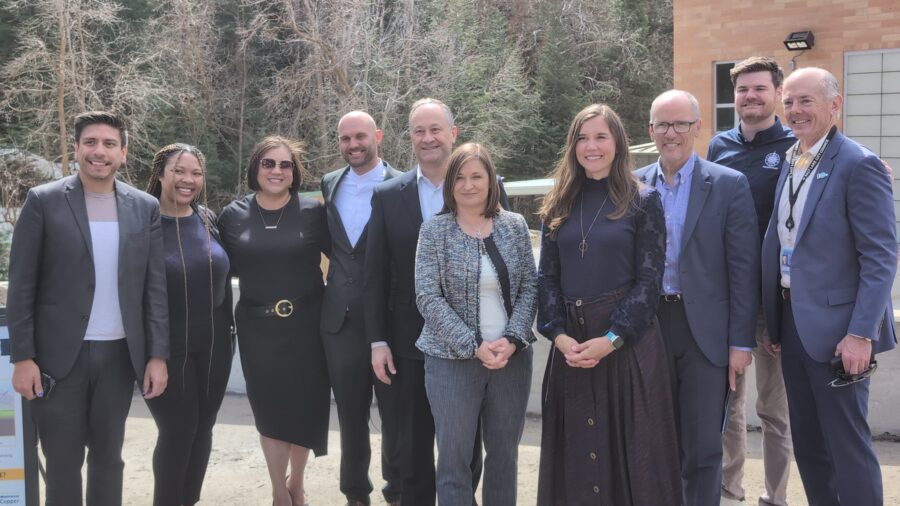Southern Utah officials believe recent storms will positively impact drought conditions
Mar 1, 2023, 7:18 PM
WASHINGTON COUNTY, Utah — Wednesday’s storm left a mark on southern Utah from Bryce Canyon all the way to St. George, bringing snow, ice, and rain.
While the weather didn’t have a huge impact on day-to-day life, there’s hope it will greatly impact the desert’s deep drought.
“We’ve just been getting storm after storm after storm,” said Zachary Renstrom, general manager for the Washington County Conservancy District.
It’s rare to see a dusting of white on the red rocks of southern Utah, but there is a certain level of excitement when rain or snow hits the ground. And it’s more exciting when it’s frequent.
“Last summer, we had a very good monsoonal season, and down here in the southern part of the state, soils absorbed that water,” Renstrom explained.
Water officials are paying very close attention to snow water equivalent percentages across the state. That’s the depth of water that would cover the ground if all of the snow was liquid. Right now, that number is more than 200% for southern Utah.
“Those numbers are exactly right where we want them,” Renstrom said. “The soils have quite a bit of moisture in them, so when the snow melts, snow and water won’t run into the soils. They’ll actually run off into the streams where we want to see them go.”
Water officials say a good, slow snow melt is the best-case scenario, and if that happens, there should be no problem filling up our reservoirs.
“Knowing where the soil moisture content is, we know the majority of that water then and that snowpack will run off and will be able to capture that and put it into the reservoirs,” Renstrom said.
When Utah gets more water than usual, something special happens at Gunlock State Park, just 15 miles northwest of St. George. It overflows its banks and unleashes the rare Gunlock Falls.
Water officials anticipate that happening this year.
“This year is a great year, but I don’t know what’s going to happen in the summer, what’s going to happen next winter, and that’s just it. When we fill up our reservoirs, we can continue to store that water in our reservoirs for multiple years,” Renstrom said.
While all this moisture is great, water officials continue to emphasize water conservation. They suggest no watering just yet and say this is a good time to check watering systems for leaks.













